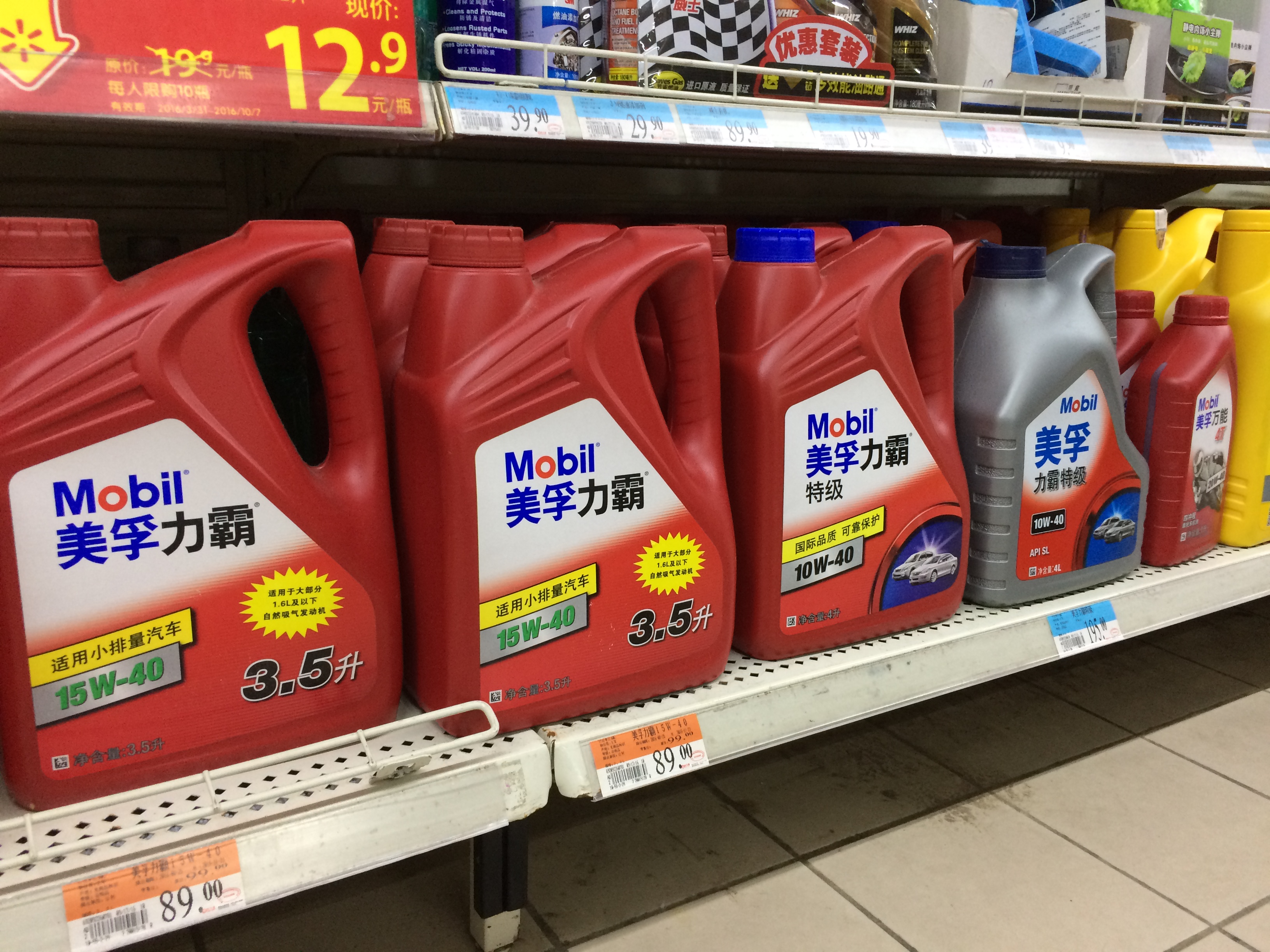A round of price hikes is working its way through Chinas lubricant market, but buyers will not necessarily be paying the amounts that marketers have announced.
Competition is heated in Asias biggest lube-consuming nation, and industry sources say some suppliers are offering discounts in attempts to gain or maintain market share.
The posted prices might be higher, [but] the actual trading prices could sometimes end up lower, said Yu Feng, head of Muchengyou, a consulting firm in Xian, Shaanxi Province. The tacit markups is just a rule that players follow in this game.
Lube Report Asia confirmed announcements of hikes by 18 companies. Sinopec, ExxonMobil, GS Caltex, Chevron, Petronas and U.S.-based Top 1, along with independent Chinese marketers Tongyi Lubricants, Mhlum, Maton and Yips Chemical all announced increases of around 5 percent (Tongyis ranged between 3 percent and 5 percent) effective between March 1 and April 1. Internationals Shell, Total and Lukoil plus locals Lopal Tech, Zhuhai Makhop Technology Co, Qingdao Copton Technology Co., Chief Lube and Dehol announced increases of unspecified amounts, most in the same time-frame.
Increased expenses for raw materials – including base stocks – were cited as a primary reason for the hikes, along with rising costs for transportation and packaging materials. Some companies also mentioned the recent depreciation of Chinese yuan.
The reasons for this round of pricing adjustments are easy to understand, said Chen Jianzhong, member of senior management at Lihon Lubricant, a Daqing, Heilongjiang province-based blender. When the cost goes up, so does the price.
According to Dehol, base oil prices increased around 16 percent during 2016 and has since risen approximately 10 percent more. As for packaging, costs for steel drums are reportedly up 35 percent and for plastic drums up 15 percent. Transportation expenses have increased not only because of a run-up in fuel costs but also because of new national transportation policies that took effect in September. The policies, aimed at cracking down on overloading of trucks, raised delivering costs an average of 25 percent to 35 percent, according to the recent pricing announcements by some domestic suppliers.
The price hike is good news to the [lubricant] industry, especially to smaller market players, Yu said. At least they are under less pressure after majors increased prices.
Big international brands have long dominated the high-end segment of Chinas lubricant market, leaving big national brands competing with emerging regional and smaller players for whats left of the cake.
Yu explained that many companies are offering discounts that at least partially offset the newly announced markups.
Many suppliers are trying to hold, if not increase their market shares during this peak season for lubricant [sales] by offering big discounts, including leading international brands, he said during an interview. Those international companies have more room to do so because of their big profit margin.
Lihons Chen, who has experience as a distributor for an international brand, agreed.
Photo: Joe Beeton / Lube Report Asia

The price hike is just a strategy suppliers apply to propel their distributors to stock up, he said. Nobody would really increase prices by a large margin during this time period because it would harm their sales when everybody is trying their best to increase their market share.
Chen said profit margins for finished lubricants are sustainable even with these discounts. Even though raw material and delivering cost increased, its only a very small part of the cost.
But not all suppliers are using or are able to use this strategy of combining price hikes and discounts. Hu Jianwei, the technology head of Sichuan province-based Max Top, which produces finished lubes made mostly from Group II base oils, said the company increased prices by around 5 percent but is not offering big discounts to distributors.
This is having a noticeable impact on our sales, but I believe we will win our customers back with our good quality, Hu said.
Muchengyous Yu said marketers are especially conscious of market share because demand is weakening. Now there are no big government-driven projects going on, and real estate construction is slowing down, which has a great impact on related industries, he said.
So it seems no matter what strategy suppliers are employing, 2017 looks more challenging to everybody.